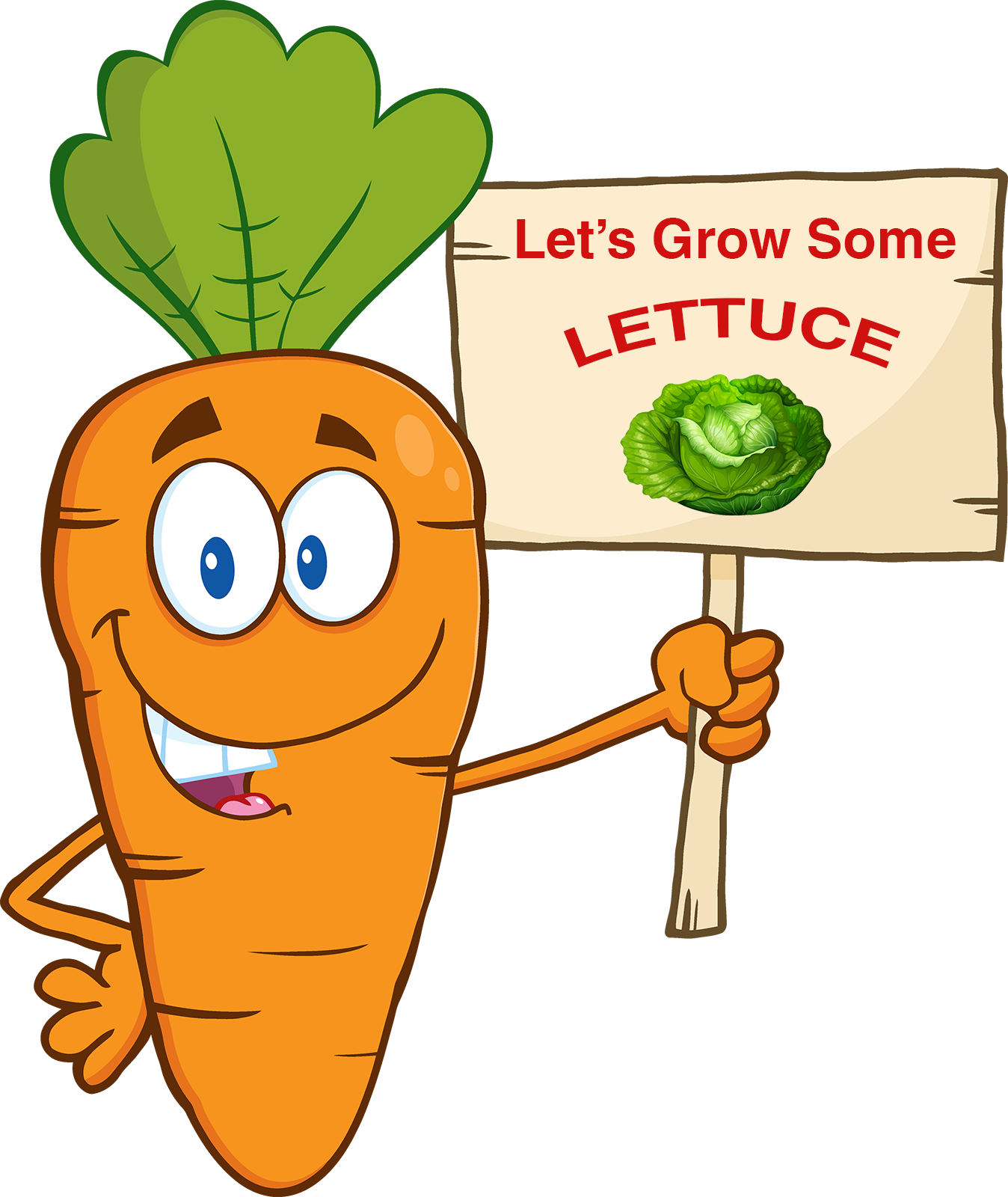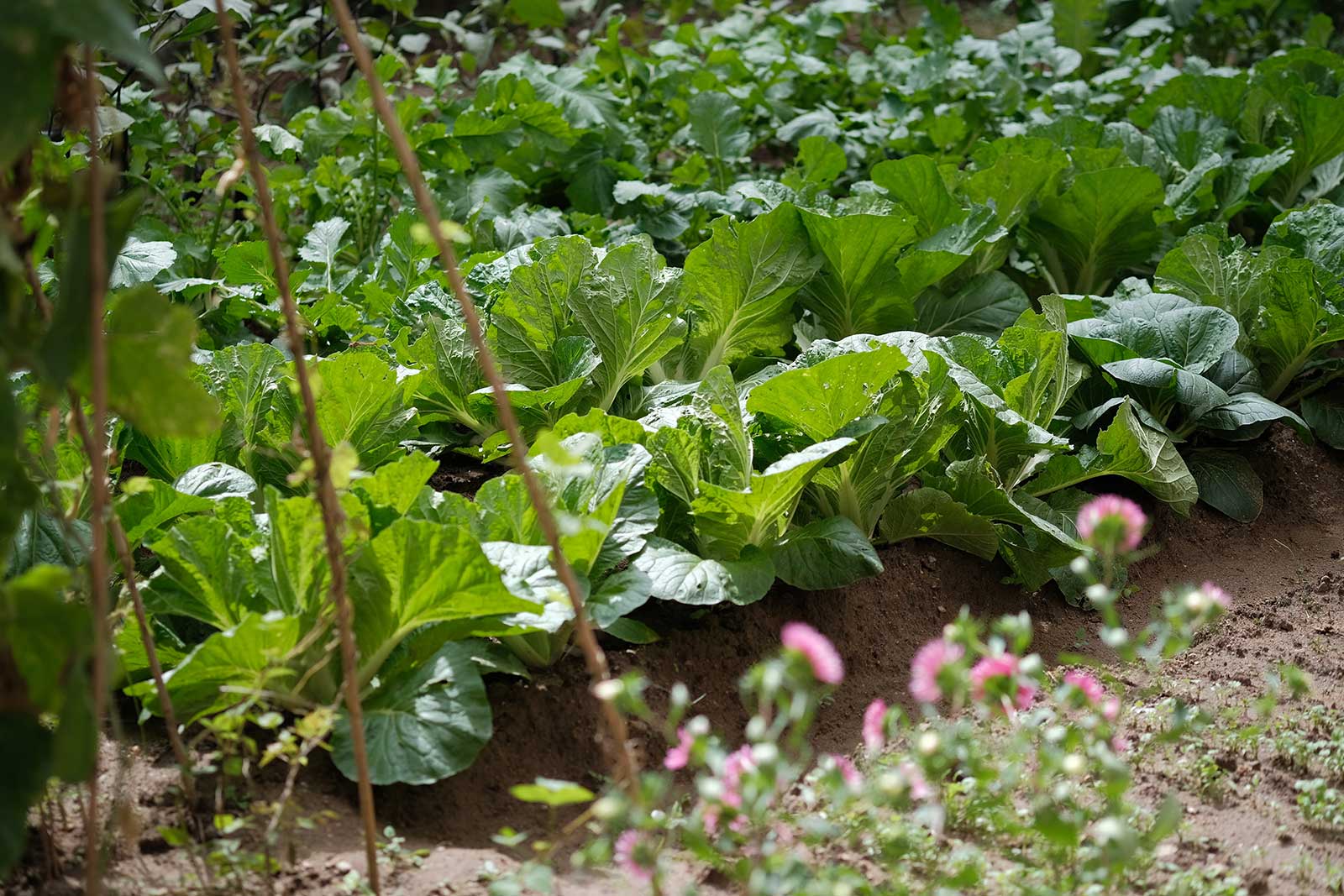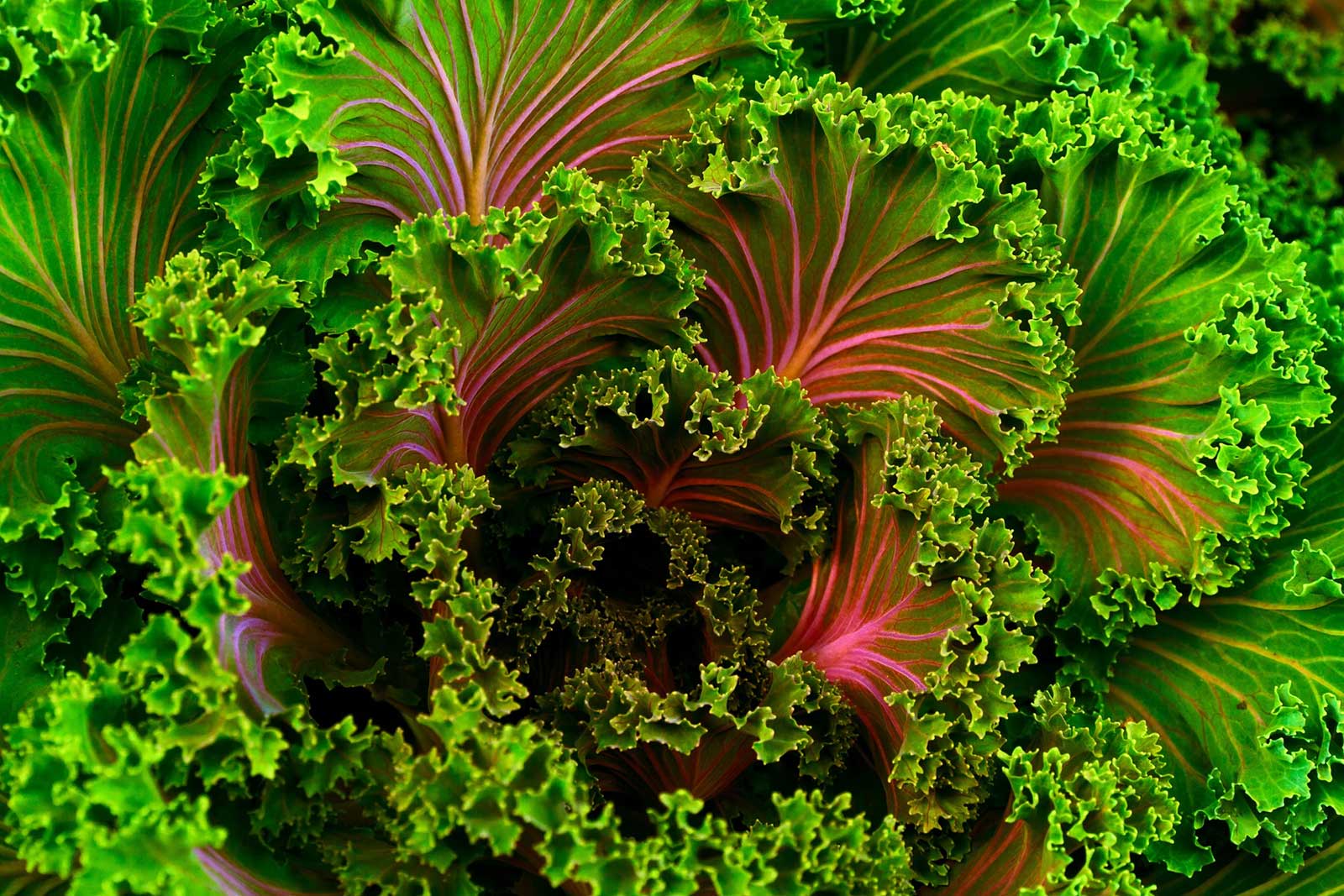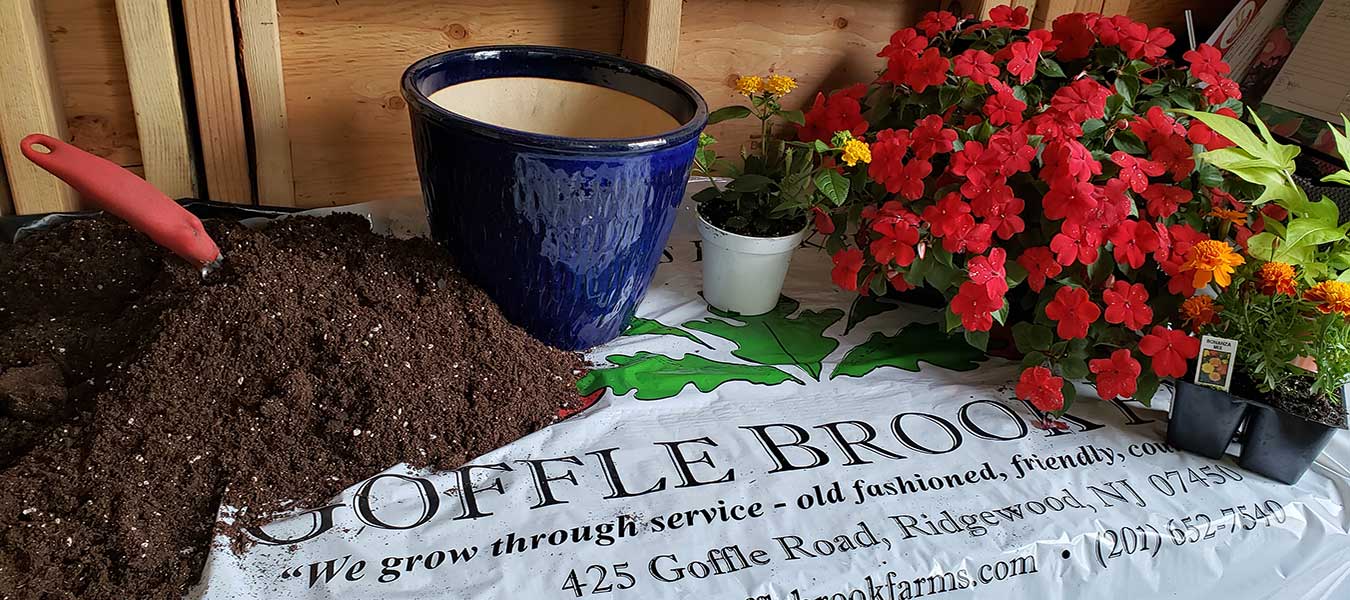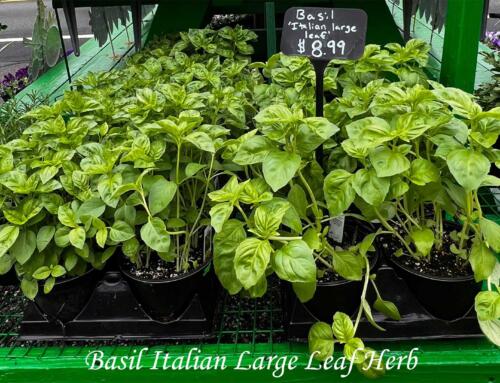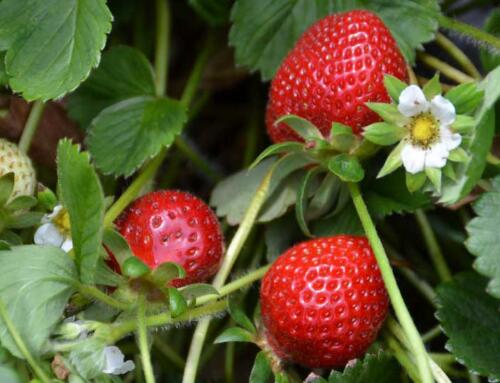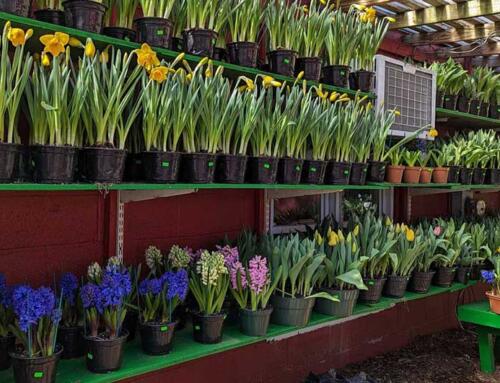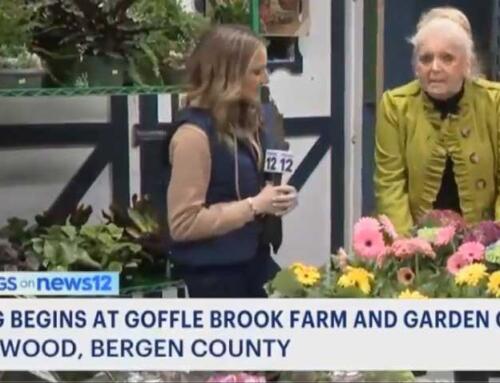Let’s Grow Some Lettuce
Lactuca sativa – Lettuce
Lettuce is an excellent source of vitamin A (in the form of carotenoids), vitamin K, folate and molybdenum. It is also a very good source of dietary fiber, manganese, potassium, biotin, vitamin B1, copper, iron and vitamin C. It is also a good source of vitamin B2, omega-3 fatty acids, vitamin B6, phosphorus, chromium, magnesium, calcium and pantothenic acid. There are only 15 calories in 100 grams (3.5 ounces) of lettuce. The health benefits of lettuce include lower cholesterol levels, boosts heart health, promotes brain health, regular sleep, anxiety control, boosts immunity, skin care benefits, promotes vision health, lower inflammation, fights anemia, support weight loss and prevention of cancer. Lettuce is almost always consumed raw, which gives us more micronutrients than would be dissolved during the cooking process. The crisp and juicy taste of lettuce makes a refreshing snack during hot summer days or when you’re feeling a bit dehydrated. Lettuce can enhance the flavor of any ordinary turkey, chicken or tuna sandwich. Simply put, lettuce tastes delicious.
In the spring, begin setting out lettuce plants about a month before the last frost. Lettuce grows best within a temperature range from 45 to about 80 degrees. Growing lettuce from seed is not only rewarding, it’s super easy too. In fact, lettuce is one of the easiest vegetables to grow from seed, and it takes very little effort to get a great crop of garden fresh lettuce. Successfully growing lettuce from seed is more about timing than anything.
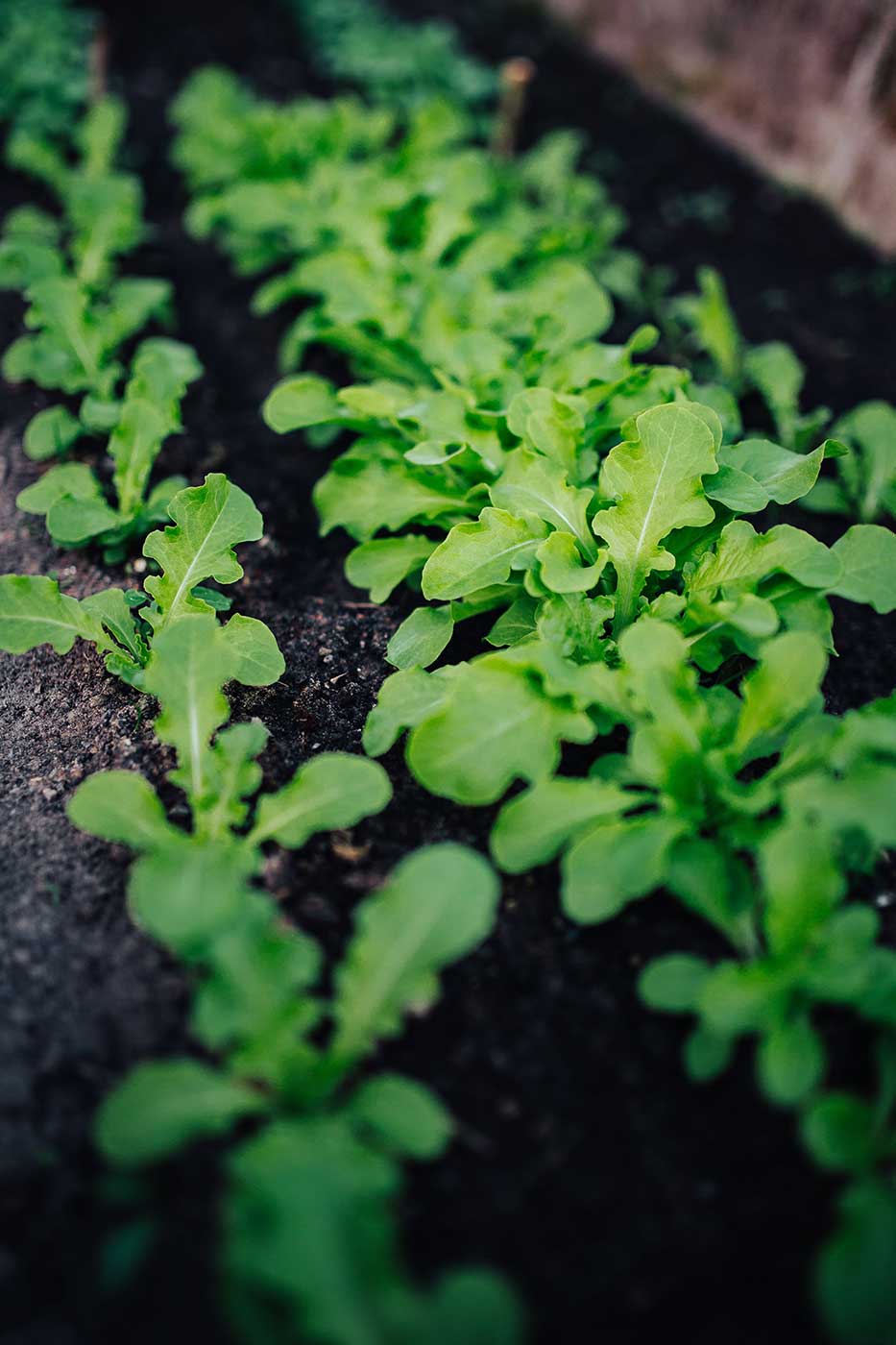 Lettuce is great because it doesn’t need a lot of space to grow, so you can tuck it in just about anywhere in your vegetable garden or even in a medium to large container. You can begin planting leaf, romaine and butterhead lettuce as soon as the soil can be worked in the spring. Depending on the variety, lettuce germinates in temperatures between 40 to 85 degrees F. If you plant lettuce in successive plantings, with 10 to 14 days in between, you’ll have an extended harvest. To prevent summer bolt, stop planting one month before warm summer temperatures start. Begin planting fall lettuce in late summer so it reaches maturity when the fall air is cool. The ideal lettuce growing location for spring and fall is in a spot that receives full sun.
Lettuce is great because it doesn’t need a lot of space to grow, so you can tuck it in just about anywhere in your vegetable garden or even in a medium to large container. You can begin planting leaf, romaine and butterhead lettuce as soon as the soil can be worked in the spring. Depending on the variety, lettuce germinates in temperatures between 40 to 85 degrees F. If you plant lettuce in successive plantings, with 10 to 14 days in between, you’ll have an extended harvest. To prevent summer bolt, stop planting one month before warm summer temperatures start. Begin planting fall lettuce in late summer so it reaches maturity when the fall air is cool. The ideal lettuce growing location for spring and fall is in a spot that receives full sun.
Lettuce seeds are often quite small and only require a planting depth of ¼ to ½ inch deep. Growing lettuce in rows gives your garden a traditional look. Consider alternating rows of green and red lettuce for a whimsical touch. When sowing seeds directly into the soil, you should plant approximately 10 seeds per foot. Space your rows 12 to 18 inches apart. Thin leaf lettuce seedlings to either ‘head’ (space 8″ apart) or ‘leaf’ (space 4″ apart).
Lettuce watering should be light, frequent and on a consistent schedule. Your aim is to simply keep the soil moist. Avoid overwatering which can promote and lead to root rot, disease and stunted growth. Also, you don’t need lettuce to develop deep roots. Most lettuce can be harvested between 30 to 70 days after planting. When to harvest lettuce depends on the variety and what it will be used for. Harvesting lettuce in the morning gives you the best flavor. Either cut the entire bundle off at ground level, or just remove a few leaves at a time. Romaine, butterhead and head lettuce are easily cut off near ground level. Here’s a tip – “if you harvest every other plant, you give the remaining plants room to continue growing.
INTERESTING LETTUCE FACTS
- Lettuce was first cultivated by the ancient Egyptians who turned it from a weed whose seeds were used to produce oil, into a food plant grown for its succulent leaves and oil-rich seeds.
- According to Herodotus, lettuce was served on the tables of the Persian kings of the 6th century BC.
- Columbus evidently carried lettuce to the New World, for its culture was reported on Isabela Island (now called Crooked Island) in the Bahamas in 1494. Lettuce was doubtless among the first garden seeds sown in every European colony on this continent.

